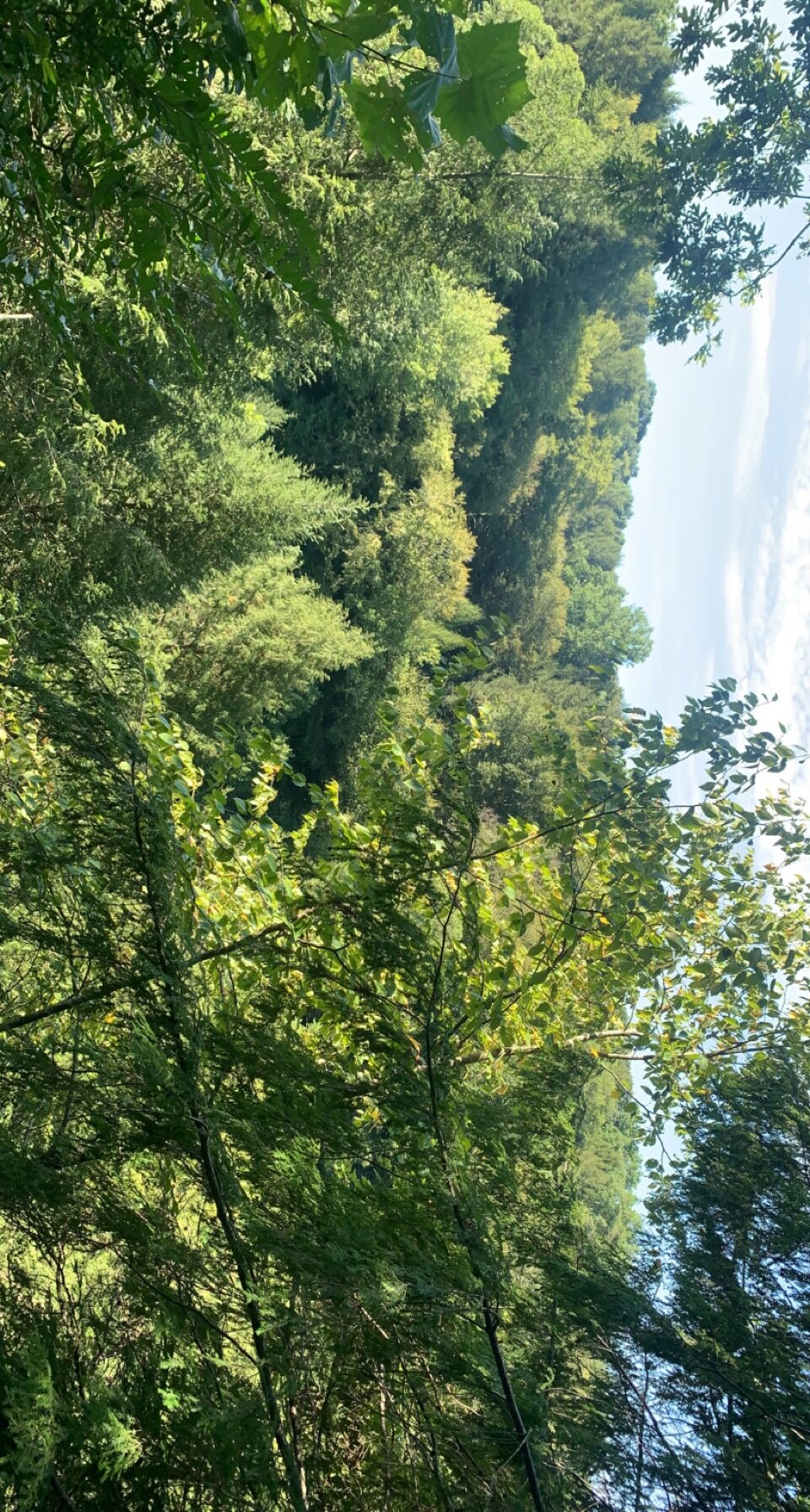Battelle Darby Creek Metro Park- Indian Ridge Area
The site that I chose to do for my botanical survey is a place that is very important to me, Battelle Darby Creek Metro Park, and more specifically the Indian Ridge Area. This park is close to my heart because I have worked there as a park ranger throughout the summer and still currently work there and absolutely love it. This park has many different kinds of vegetation including prairies, forest areas, and even wetland areas due to it being close to Darby creek. Many times this summer I have started to explore the parts of the park and tried to find new things that I have never seen before so I decided to make this my survey site in order to learn even more about it. I hope you guys love it just as much as I do!
~ Map of Survey Site ~
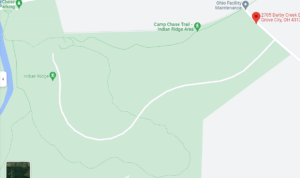
Map of Battelle Darby Creek Metro Park- Indian Ridge Area 2705 Darby Creek Dr. Galloway, OH 43119
~ Trees!! ~
First up we have the slippery elm or Ulmus rubra, which I found in the Indian Ridge area near the trail crossing and the road down to the parking lots. Did you know that the slippery elm has a lot to do with Independence Day? In fact it does, the yoke of the Liberty Bell in Philadelphia is a 200 pound beam of slippery elm. The slippery elm is also associated with another historical event, the Revolutionary War. It is said that an American soldier survived for two weeks out in the wild while mainly eating the inner bark of slippery elm.
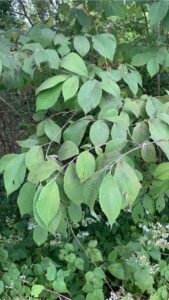
slippery elm (Ulmus rubra)
Next we have the northern catalpa or Catalpa speciosa, which was found on the camp chase trail that runs beside the Indian Ridge area. C. speciosa is known to attract the similarly named, catalpa sphinx moth, which lay their eggs on the tree. Another interesting and historical fact about C. speciosa is that it was first used fence posts and railroad ties because it grows fast and is resistant to rotting.

northern catalpa (Catalpa speciosa)
~ Shrubs or Woody Vines ~
The first shrub or vine that I have up first is a perennial climbing woody vine, riverbank grape or Vitis riparia, which I found near the Turkey Foot parking lot at the beginning of the Indian Ridge area. As we all know, grapes are commonly associated with wines, but did you know that riverbank grapes (Vitis riparia) had such a strong impact on the wind industry? Well, it did, riverbank grape was one of the species that saved the European wine industry, when a New World root louse took out the wine industry by invading vineyards. The riverbank grape was one of the species that was resistant to the pest and was able to save the wine industry in Europe.
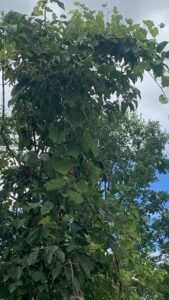
riverbank grape (Vitis riparia)
Soon after finding this V. riparia, down the road to the parking lot of the Indian Ridge area, I also came across an Allegheny blackberry or Rubus allegheniensis. R. allegheniensis contains blackberries which are good food sources for many birds and mammals, and even humans too! An interesting animal interaction also with the Allegheny blackberry is that the brambles offer a great nesting area for Indigo Buntings, which is a small blue bird for those who don’t know their birds that well.

Allegheny blackberry (Rubus allegheniensis)
~ Flowering or Fruiting Friends ~
This first flowering plant that always catches my eye when entering the Indian Ridge area is the sawtooth sunflower or Helianthus grosseserratus. When driving in the this part of the park you will see many of these on both sides of the road all the way until the very end.

sawtooth sunflower (Helianthus grosseserratus)
Another flowering plant that sometimes catches my eye when driving through the Indian Ridge area is the New England aster or Symphyotrichum novae-angliae. This flowering plant not only catches my eye because it is pretty, but also catches my eye because it sticks out in a field of yellow with it being purple. This may be a less common flowering plant in the Indian Ridge area compared to the sawtooth sunflower, but it definitely does not get overlooked.
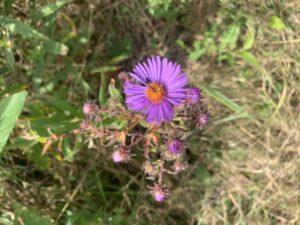
New England aster (Symphyotrichum novae-angliae)
~ Uh oh, Danger Ahead! ~
If you ever plan on going out to Battelle Darby Creek Metro Park Indian Ridge area, be sure to wear long pants and long sleeves because you never know when you might come across some poisonous plants, especially poison ivy or Toxicodendron radicans. After working at this park during the summer I had no idea there was so much poison ivy around me, but when looking for plants today, I was able to find so much of it. While on my walks, I made sure to look out for plants near the ground, or growing up the bark of other trees, that have trifoliated leaves, which means each leaf has three leaflets! The leaves also tend to be smooth or slightly toothed, not deeply lobed or serrated. So next time you are out in the woods, but sure to take a look around and make sure you don’t see a plant that contain these key features of poison ivy, and if you do, but sure to not touch it!
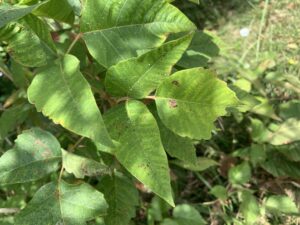
poison ivy (Toxicodendron radicans)
